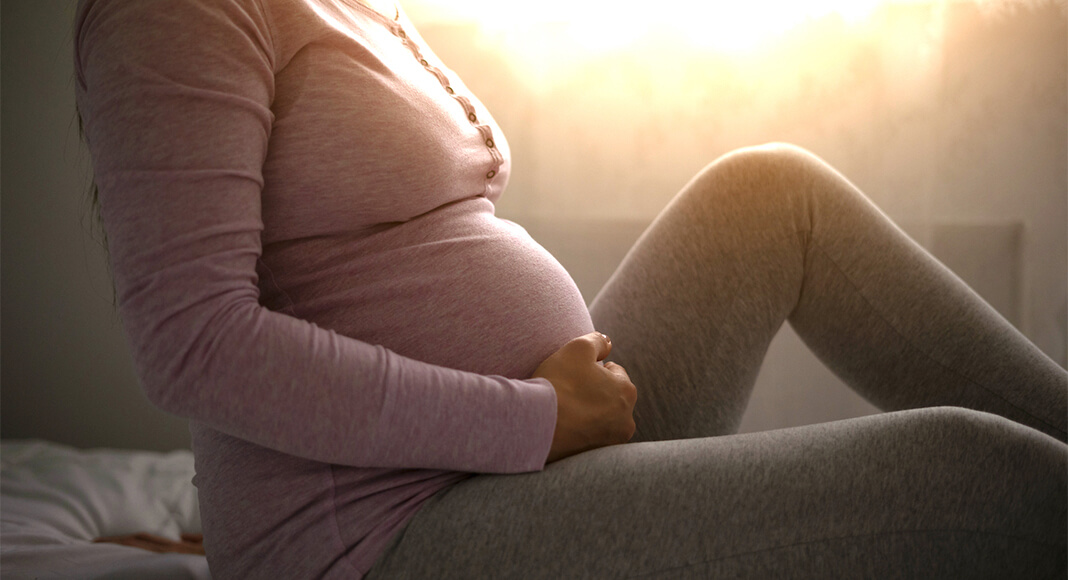
Texas Border Business
Newswise — CHICAGO – Giving birth is stressful enough. Adding a pandemic to the mix has only increased anxiety among today’s moms-to-be. While it’s true that aspects of labor and delivery may look different than they did prior to COVID-19, the American Society of Anesthesiologists (ASA) says the goal remains the same – to ensure the health and safety of mom and baby.
“Laboring moms don’t need more worries and should be comforted to know that the hospital is a very safe place to have a baby now,” said ASA President Beverly K. Philip, M.D., FACA, FASA. “The obstetricians, midwives, physician anesthesiologists, nurses and other health care providers who care for women in labor have been vaccinated and follow other precautions to ensure safety, such as wearing personal protective equipment (PPE).”
With Mother’s Day around the corner, ASA wants to help prepare pregnant women for giving birth during the pandemic by noting six things that have changed.
1. Getting the vaccine protects baby – The Centers for Disease Control and Prevention (CDC) recommends pregnant women get the COVID-19 vaccine, citing new research that it is safe. The good news is not only does the vaccine protect you, it protects your baby, who will receive antibodies from you. Talk to your health care provider about whether the vaccine is right for you.
2. Testing is routine – Everyone who is admitted to a hospital today, regardless of vaccine status, is tested for COVID-19, including mothers in labor. If you are scheduled for a cesarean delivery, you’ll be tested two to three days before your procedure. Hospitals also will screen your labor support partner or person for signs of COVID-19. If you test positive, your providers will wear extra PPE and physician anesthesiologists – experts in airway control and critical care – will be closely involved in your care because COVID-19 can cause breathing issues.
3. Everyone wears a mask – Hospitals require everyone who is admitted or visiting to wear a mask. Because the virus that causes COVID-19 spreads through the air and women who are in labor usually breathe heavily during contractions, you’ll need to wear a mask while your health care providers are in the room with you, as will anyone who accompanies you for support.
4. Cheering sections are smaller – Currently most hospitals will allow only one or two support people in the room with the laboring mom. If you test positive for COVID-19, safety protocols mean you will not be able to bring anyone in the room with you. Further, many hospitals allow only one visitor in the waiting room, if that. But be comforted to know that while providers have always been available to help with breathing or provide an encouraging word or extra support, they are making additional efforts to be even more available to provide the support you need, especially if you have COVID-19. For example, they can arrange a live video chat (such as FaceTime) with your support person.
5. Less time in the hospital – After delivery, most new moms leave the hospital sooner than they might have before the pandemic: one day (vs. two days) after a vaginal birth and two or three days (vs. three or four) after a cesarean delivery. But your providers will follow up with you after your release to monitor your pain and answer questions. Led by physician anesthesiologists, the Enhanced Recovery after Cesarean protocol helps women recover more quickly after the procedure. The elements of the protocol include providing patient education prior to delivery, recommending limited fasting and increased intake of carbohydrates before the procedure, managing pain during and after labor and delivery with little or no use of opioids, promoting breastfeeding and mother-baby bonding, and getting women up and moving as quickly and safely as possible.
6. Telehealth appointments can help you connect – Telemedicine can help women whose pregnancies are high-risk be seen regularly before they are in labor. After you give birth, it also can connect you with your providers, such as your physician anesthesiologist, who can recommend pain management.
Rest assured that some things haven’t changed during the pandemic. Health care providers such as physician anesthesiologists will be by your side during your time of need, including providing access to various options for pain management during labor such as epidurals, the most common type of pain relief used during labor. However, currently some hospitals may not provide inhaled nitrous oxide, which does not relieve pain but can reduce anxiety during labor, due to concerns about the risk of spreading the virus.
No matter the circumstances, having a baby is a joyful occasion. Changes in labor and delivery protocols during COVID-19 ensure it’s a safe experience, as well.
THE AMERICAN SOCIETY OF ANESTHESIOLOGISTS
Founded in 1905, the American Society of Anesthesiologists (ASA) is an educational, research and scientific society with more than 54,000 members organized to raise and maintain the standards of the medical practice of anesthesiology. ASA is committed to ensuring physician anesthesiologists evaluate and supervise the medical care of patients before, during and after surgery to provide the highest quality and safest care every patient deserves.
For more information on the field of anesthesiology, visit the American Society of Anesthesiologists online at asahq.org. To learn more about the role physician anesthesiologists
play in ensuring patient safety, visit asahq.org/MadeforThisMoment. Like ASA on Facebook, follow ASALifeline on Twitter.














